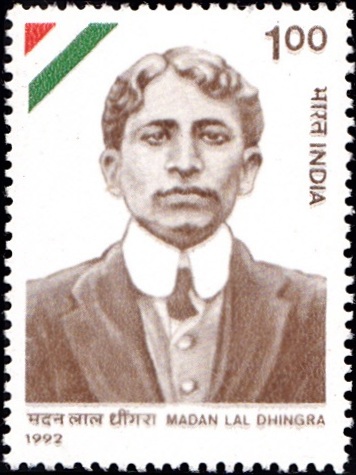
Madan Lal Dhingra
A commemorative postage stamp on Madanlal Dhingra – A Comet in the Indian Revolutionary Sky (1883-1909) :
 Issued by India
Issued by India
Issued on Dec 28, 1992
Issued for : The Dept. of Posts joins the salute to this great son of India.
Description of Designs : The stamp has been designed by India Security Press, Nashik. The First Day cover showing India House London & the cancellation have been designed by Shankha Samantha.
Type : Stamp, Mint Condition
Colour : Single Colour
Denomination : 100 Paise
Overall size : 3.91 x 2.90 cms.
Printing size : 3.55 x 2.54 cms.
Perforation : 13 x 13
Paper : Indigenous Un W/M adhesive gravure coated Stamp Paper
Number Printed : 6,00,000
Number per issue sheet : 35
Printing Process : Photogravure
Printed : India Security Press
Name : Madan Lal Dhingra
Born on Sep 18, 1883 at Amritsar, Punjab, British India
Died on Aug 17, 1909 at Pentonville Prison, London, Britain
About :
- The story of the patriotic impulse and revolutionary activities revolving around India House in London during the first decade of this century constitutes a fascinating, thrilling and inspiring chapter in the annals of our many faceted freedom struggle. Among the many young men who would visit the India House, was a Punjabi student Madan Lal Dhingra. He belonged to a well established and wealthy family of Amritsar known for their loyalty to the British.
- Madan Lal Dhingra after doing his intermediate at Amritsar joined a college in Lahore. In 1906, he went to England to do a course in engineering. While studying in London, he came in contact with V.D. Savarkar and even stayed for some time in the “India House”. He was mostly a silent listener. He absorbed, in all his discussions with other leaders that what was needed is action and not words; India must have martyrs if her cause is to be realised. In the meanwhile, his family wanted to wean him a way from the ‘evil’ revolutionary influences. But Madan Lal Dhingra was a man of deep conviction and determination.
- On 1st July, 1909 Dhingra attended the anniversary meeting of the National Indian Association and Organisation of Indian loyalists. After the meeting ended, Curzon Willie was moving around among the audience and turned to Dhingra who fired at him and Curzon Willie died on the spot. Madan Lal Dhingra made no attempt to escape and remained absolutely calm as he was arrested and taken to Brixton prison. His entire family disassociated itself from this act and a telegram was sent by his father to Lord Morley in this connection.
- Dhingra refused to offer any defence or to plead for mercy of any kind. During the preliminary hearing, he asked for a death sentence. He was sentenced to death by the Sessions Court on 23rd July, and he graciously thanked the Judge. After Dhingra‘s death his statement which was banned appeared in the daily Irish and American newspapers. Madan Lal Dhingra‘s last wish to have his cremation according to Hindu rites, and the sale proceeds of his belongings to be given to some national fund. This was not respected and his dead body was buried in a grave.
- Madan Lal Dhingra who blazed the trail of revolutionary movement in Punjab belonged to the glorious galaxy of its youthful and valiant sons like Kartar Singh and other revolutionaries.
- Text Courtesy : Director, Dept. of Information & Public Relations Govt. of Punjab.


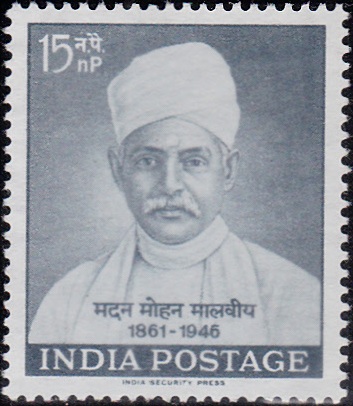
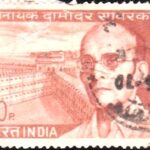
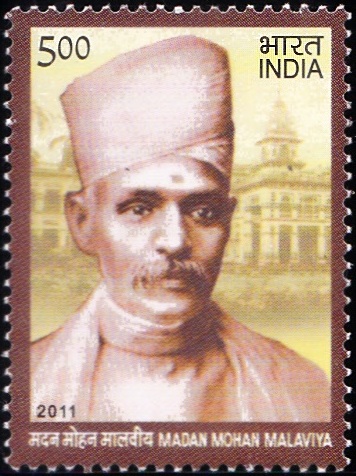
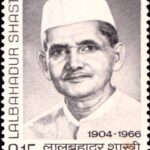

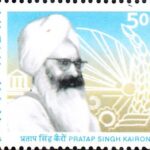
[…] minds of the members of the “Abhinav Bharat” and on July 1, 1909, one of the members, Madan Lal Dhingra shot and killed Curzon Wyllie in the hall of the Imperial Institute. This incident shook London […]